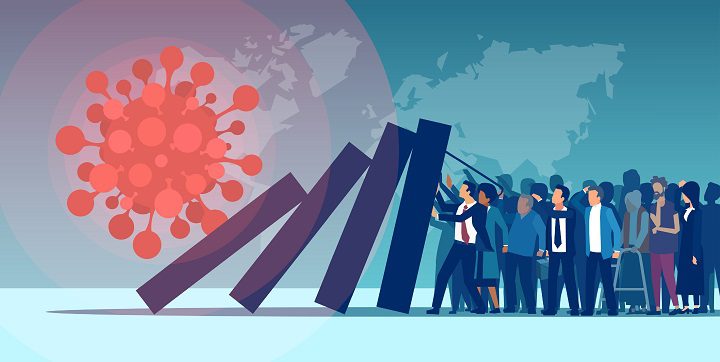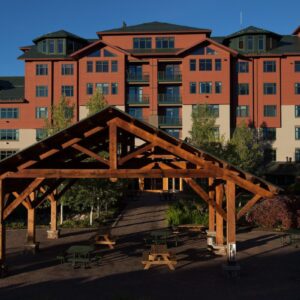While the United States economy is showing signs of recovery, the unemployment rate is still far from pre-COVID levels. The country has regained roughly half of the 22 million jobs it lost due to the coronavirus pandemic.
Impact on the building design and construction industry remains a patchwork across states, as work stoppages were inconsistent. This uncertainty has lead to some projects being put on hold or shelved altogether. Some leading architecture firms have instituted pay cuts, layoffs and furloughs along with other cost-cutting measures while also utilizing the Paycheck Protection Program.
Supply chain difficulties
With collaboration among many professions being integral to the AEC industry, the pain felt among many contributing companies to a project has only caused more disruption. Per the Chicago Tribune, building permits have become more difficult to obtain; financing has become more difficult, and complexities in the supply chain has lead to problems in delivering building materials.
Reliance on the confidence of clients in their ability to complete and manage a successful project is key to the success of the building design profession. This means looking with optimism into a murky future that could be several years down the road when a building is complete.
Healthcare and fulfilment centers
Some industries, like the healthcare sector and fulfilment centers that remain a hot commodity thanks to the e-commerce boom, have been less hard-hit, if at all. Pains across the traditional retail sector has multi-use developers rethinking those spaces.
The U.S. Bureau of Labor Statistics recently forecast just one percent growth in employment of architects from 2019 to 2029, indicating much slower growth than the average for all other occupations.
Near the beginning of the pandemic, AIA CEO Robert Ivy told Fast Company that he’d like to see government help in fast-tracking the profession back to recovery.
“To jump-start the economy and bring architects and the critical design and construction economy back to life, we are strongly advocating for ‘vertical’ infrastructure, buildings, to be included in any additional stimulus bill,’” he writes in an email. “The nation needs housing, healthcare, and health-related research facilities (a clear need at this time), and schools. Architecture can and should create facilities that allow us to grow and heal, stimulating the larger economy while creating safer, more healthful places.”


